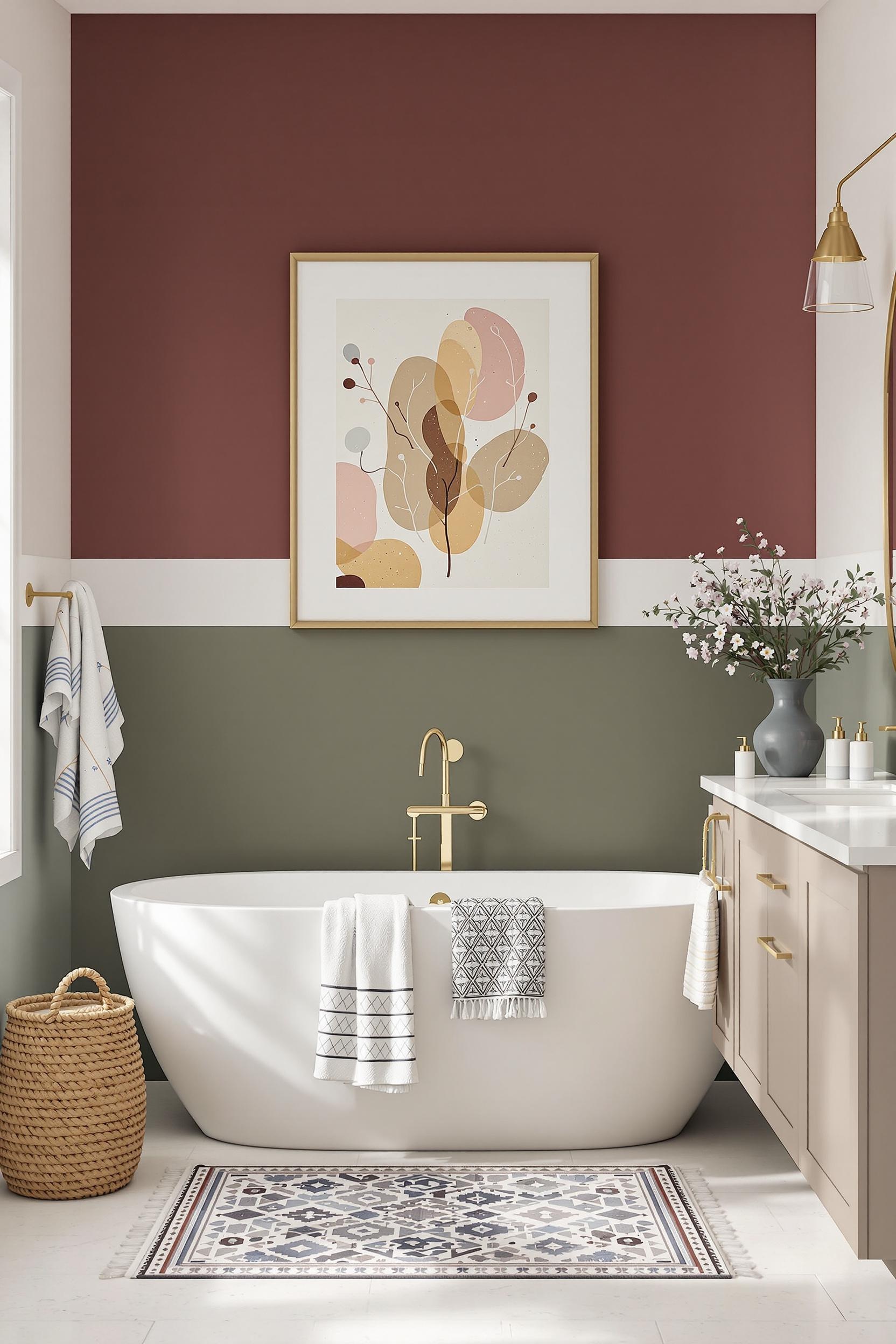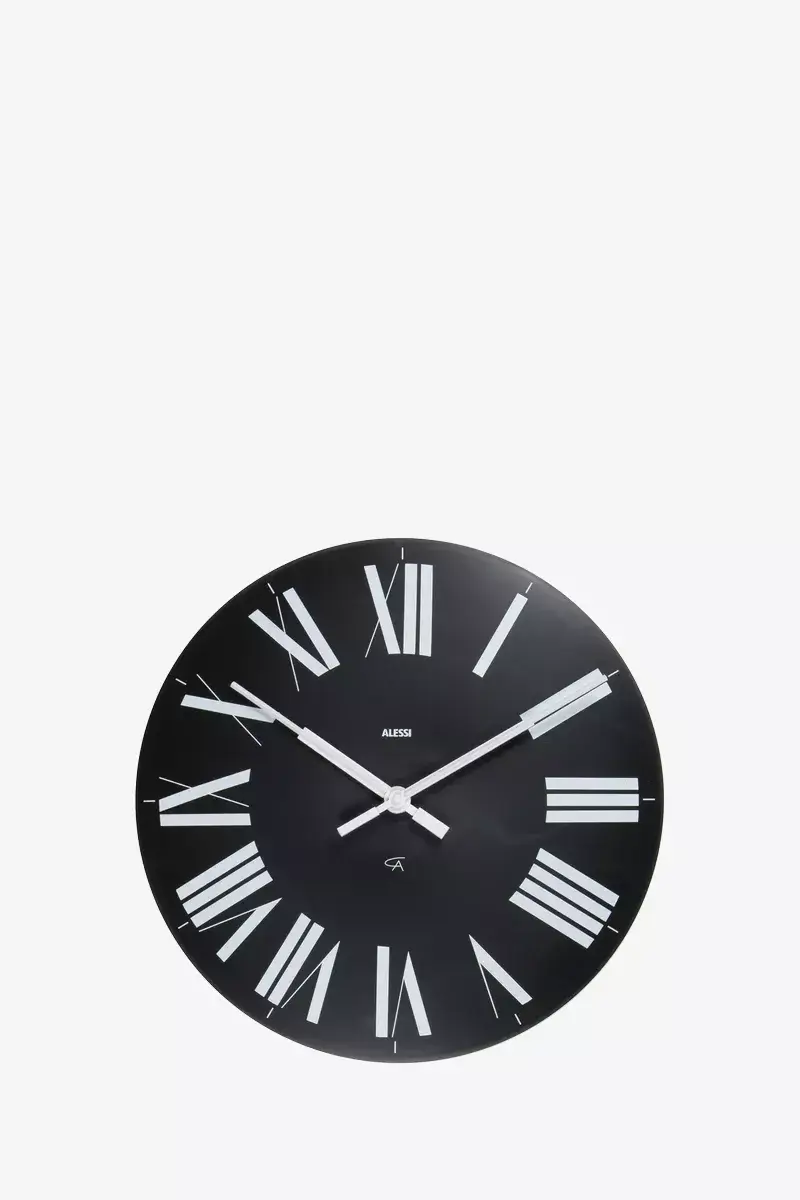
How to Use Color Blocking for Small Apartments: A Simple Guide to Bold, Transformative Design
Are you tired of your tiny space feeling plain and boxy? Want to inject energy and style without making your apartment feel cluttered? I’m here to introduce a game-changing solution: color blocking for small apartment spaces. This minimalist-friendly, design-savvy technique blends bold pops of color and clean geometric patterns to create visual depth and function without adding bulk. Whether you live in a studio or a tiny one-bedroom, color block interior design ideas can help you unlock your apartment’s full potential.
Color blocking in interiors is all about using bold colors, clean lines, and strong contrasts to define zones, give structure, and create the illusion of space. It’s a minimalist-friendly tool that helps me create cozy, dynamic, and modern interiors without clutter. In this guide, I’ll give you step-by-step strategies on how to use color blocking in small apartments using walls, furniture, and accessories, all while keeping your space renter-friendly and budget-conscious.
Understanding the Magic of Color Blocking for Small Spaces
Color blocking isn’t just about trendy paint ideas—it’s a spatial design technique that can reshape how your space feels. In small apartments, walls can’t move… but color can give the illusion that they did. With the right color zone design, you can:
- Make rooms appear bigger by visually lengthening ceilings and widening narrow rooms
- Define different functions in the same room (ideal for studios)
- Add personality and vibrance to an otherwise plain layout
My favorite starting point is using vertical blocks to draw the eye upward. This makes the ceiling feel higher. Horizontal color blocking works well in narrow rooms. When I worked on my 450-square-foot studio, I used a vertical navy and ivory combo to transform my main wall—and just like that, the space felt taller!
Zone Like a Pro: Color Blocking Techniques for Open-Plan Layouts
If you live in an open plan or a studio, you might find it hard to separate your living, working, and sleeping areas. That’s when color zoning strategies come in. I use color blocking to set boundaries without adding walls or bulky dividers. One corner gets a sage green backdrop and becomes my office. The bed’s against a warm terracotta wall and feels cozy and grounded. Each zone feels unique, but together, they flow.
You can play with light-reflective hues to expand space visually. Pastels and soft whites make great background tones, while bolder color-blocked areas grab attention and define function. My trick? Keep it to three colors: 60% base, 30% secondary, 10% bold accent. Need inspiration? Try sage green, terracotta, and ivory; or soft gray, navy, and mustard yellow.
Small Apartment Color Blocking Wall Ideas
In tight spaces, the walls are your greatest asset. With just paint and painter’s tape, you can draw shapes, stripes, or even ombre fades to trick the eye. Want the ceiling to feel higher? Use vertical color blocks that go up to about two-thirds of the wall. Want to make the room feel wider? Use horizontal blocks that stretch the length of the room.
Need a cool feature wall? Paint an arch or geometric shape behind your bed or sofa. Match it to one or two key items in the room so they “connect” visually. This doesn’t just add interest—it also helps define visual hierarchy in a small space.
Color Block Furniture Strategies for Minimalist Apartments
If your lease has strict rules about paint, don’t worry—you can still use color blocking furniture arrangement for small spaces. I love painting parts of large furniture pieces, like bookshelves, in shades that match my wall blocks. Strategic color placement on furniture adds layers of interest while keeping the floor space uncluttered.
Want to go bolder? Try a color-blocked bed frame—it makes a statement and sets the tone without overwhelming the room. I use the same three-color system: dominant (60%), secondary (30%), and accent (10%). Repeat those colors in your artwork, throws, or rugs to keep things light but cohesive.
Small Apartment Accessories: Making Impact with Minimal Footprint
Wall art, rugs, curtains, and pillows are the simplest first steps in minimalist color block decor. You can easily add temporary panels, color-blocked wall decals, or adhesive panels to furniture or doors. Even accessories like rugs or shelves can add color strategically. Floating shelves with painted undersides give great effect and are easy to update!
Maximize Your Space with Bold Geometric Color Blocking
For those ready to go a step up, color blocking patterns like triangles, circles, and irregular shapes add fun and motion to static walls. Geometric forms can break visual monotony and even highlight architectural features you thought were flaws—like columns, beams, or alcoves. Keep colors in similar saturation levels so nothing feels too “off.”
The Psychology of Color Blocking: Calm, Energy, and Balance
Colors influence how your space feels, and that’s important in small apartments where every design choice counts. Try cooler tones like pale blue or mint if you want calm. Need energy in your work zone? Go with burnt orange or saffron yellow. Layer bolds with a neutral base like ivory or soft gray so things never feel chaotic.
Transform Your Small Space: Color Blocking Design Revolution Starts Now!
Color blocking isn’t just a design trend—it’s a creative approach that reimagines how small apartments function and feel. Here’s your step-by-step design challenge to radically transform your compact space in just 30 days.
Take the 30-Day Color Blocking Transformation Challenge
- Week 1 – Color Zoning Assessment: Photograph your current space, identify zones, pick a color palette, and gather supplies.
- Week 2 – Furniture & Wall Transformation: Pick one area to tackle. Try one feature wall or paint a bookshelf.
- Week 3 – Accessorize & Refine: Add matching accessories, evaluate what works, and adjust as needed.
- Week 4 – Final Styling: Connect the zones with consistent accents, take final photos, and share your home breakthrough!
Don’t forget to join the design community and share your journey. Download design tips and collaborate with other color block fans!
FAQs: Color Blocking Magic for Small Apartments
How can color blocking make my apartment look bigger?
Smart geometric blocks trick the eyes. Vertical blocks make rooms feel taller, and horizontal blocks widen narrow layouts.
What color combos work for small apartment color blocking?
I recommend sticking to the three-color rule. Try sage green, terracotta, and ivory or gray, navy, and mustard. Check out this guide on balancing vibrancy and neutrality.
Can renters use color blocking?
Yes! Stick-on panels, decals, color-blocked rugs, and painted furniture are perfect. You don’t need permission from your landlord for temporary items.
What’s the budget range for color blocking a small apartment?
Most of my projects cost between $50 and $300. Paint supplies are cheap, and updating furniture is way cheaper than replacing it. Start here for low-cost ideas.
Biggest mistakes to avoid?
Don’t use too many colors. Stick with similar finish tones. Keep your color zones balanced. And whatever you do, define purpose for each zone.
Final Thoughts: Reimagine Your Apartment with Bold Intent
Color blocking for small apartments gives your space structure, depth, and character—without needing more square footage. You don’t need to be a professional designer to do this. The key is starting small and building your confidence. Whether it’s a color-blocked headboard or a painted corner workspace, these ideas will make your home feel intentional and inspiring.






